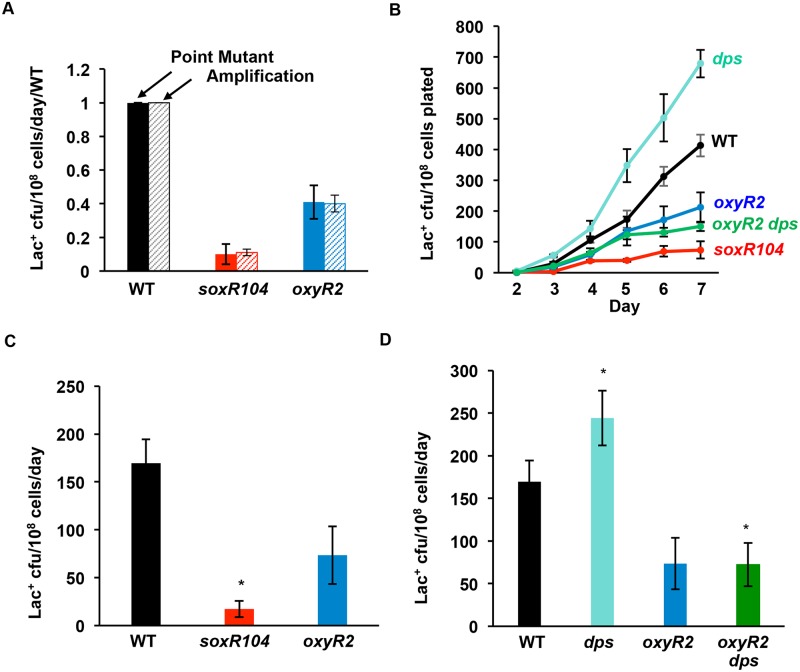Fig 2. Constitutively active ROS detoxifying responses reduce MBR.
(A) Indels (point mutations) (SNAs) and amplification (GCR), depicted here normalized to the wild-type, are reduced proportionately by soxR104 and oxyR2 alleles, which constitutively activate the SoxR and OxyR responses respectively. Indels (SNAs) and GCR were distinguished (Methods) in all experiments, and no disproportionate effects were detected. (B) Representative experiment. (C) Quantification of MBR rates from three experiments: soxR104 reduced MBR by 90% ± 5.5% (p = 0.004, Student’s 2-tailed t-test). oxyR2 reduced MBR but not quite significantly at the 5% level when tested in the wild-type (59 ± 11%), p = 0.07, Student’s 2-tailed t-test). (D) oxyR2 reverses the hypermutation phenotype of Δdps cells. * indicates significantly different from wild-type (p ≤ 0.05). Wild-type, SMR4562, black; soxR104, PJH2947, red; oxyR2, PJH3278, blue; Δdps, PJH2608, pale green; oxyR2 Δdps, PJH3295, dark green. The data indicate that ROS are required for mutation formation, and that the hypermutation seen in Δdps cells depends on decreased protection from ROS.

